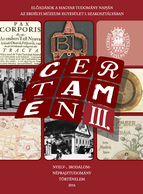
Rövidítésjegyzék és mutatók
The file contains the abreviations used both in the article and in the indexes and the indexes of the names, of the geographical places and of the institutions that are to be found in the articles.
More...We kindly inform you that, as long as the subject affiliation of our 300.000+ articles is in progress, you might get unsufficient or no results on your third level or second level search. In this case, please broaden your search criteria.

The file contains the abreviations used both in the article and in the indexes and the indexes of the names, of the geographical places and of the institutions that are to be found in the articles.
More...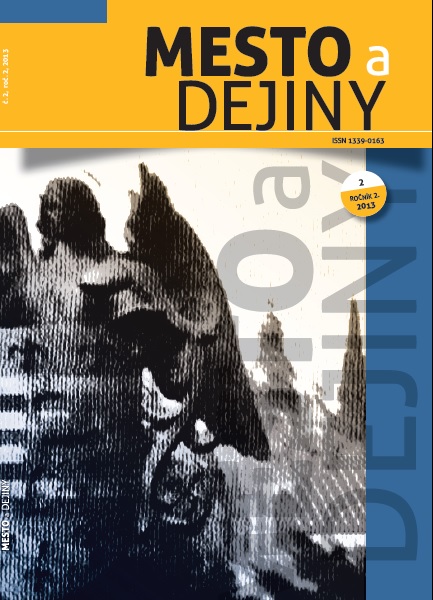
This study presents a biography of one of the burgherois origin officials – Marek Walticher. He was a son of a merchant born in Pressburg. Marek Walticher came from vicinity of Pressburg Catholic patricians, mainly through his mother‘s family. Marek Walticher´s career had three periods. Initially he was employed in the Hungarian Chamber. Later he moved to the Mikuláš Esterhazy palatine barnyard, where he worked as his accountant and then he worked in important position of palatine office clerk. On the top of his career he worked as a main royal customs officer in Magyaróvár and he was appointed by monarch as a royal counselor. The study also presents detailed genealogical analysis of his family and social contacts of his wider kinship.
More...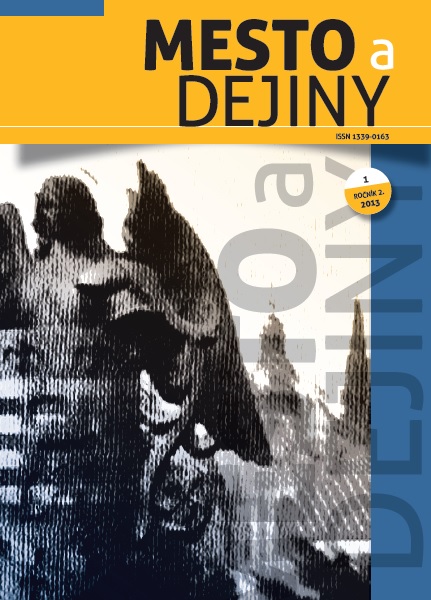
This contribution describes and evaluates four wells explored or documented in 1990s in the streets of Košice. Two of the wells were investigated in Hlavná Street – one of them is located in the Lower Gate area and the other is near the Immaculata. The third well was researched in Dominikánske Square. The well in front of Kováčska Street 26, damaged by a sewer trench, was documented only. Profile of the wells is round, narrowing towards the bottom. Their construction character is identical as well – stone walls built on a wooden base construction. The maximum difference between the bottoms’ levels is 1.5 m. It was impossible to measure the depth and identify the construction method of the well in Kováčska Street – in front of Kováčska 25, as it was situated under the bottom of the sewer trench backfill. Despite the fact that dating of the wells was not possible, it is undoubtable that they were used in the modern era. They disappeared when the city water supply was built in the beginning of the 20th century.
More...
The presented paper deals with the organization of municipal economy administration in Košice in 16th and 17th century. The study is based on the analysis of the lists of elected municipal officials, the account books of city and individual officials from the particular period, which are located in Košice City Archives. It presents and evaluates transfers in the structure of municipal economy administration and its competences in the period of municipal economic and political bloom as well as in the period of its gradual stagnation.
More...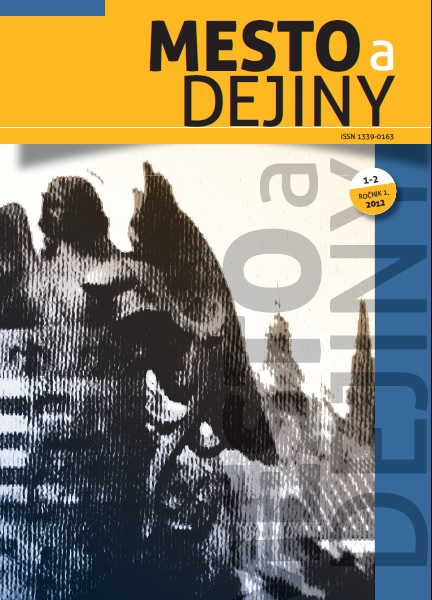
Till now, the modern period of the Kraków Dominican Convent was not searched and describe well. Also, in Europe one can find limited number of the Dominican Convent education system information and the convents history studies using prosopographic approach were rather exceptional. That’s way in this paper sources on the history of the dominican studium generale will be exemined. Search querry in cracow archives shows a great variety of important aspects connected with dominican education. For exemaple friars mobility during 16th – 17th centuries, linkages with the university intellectualists, culture transfer between the middle class society and the monastic one.
More...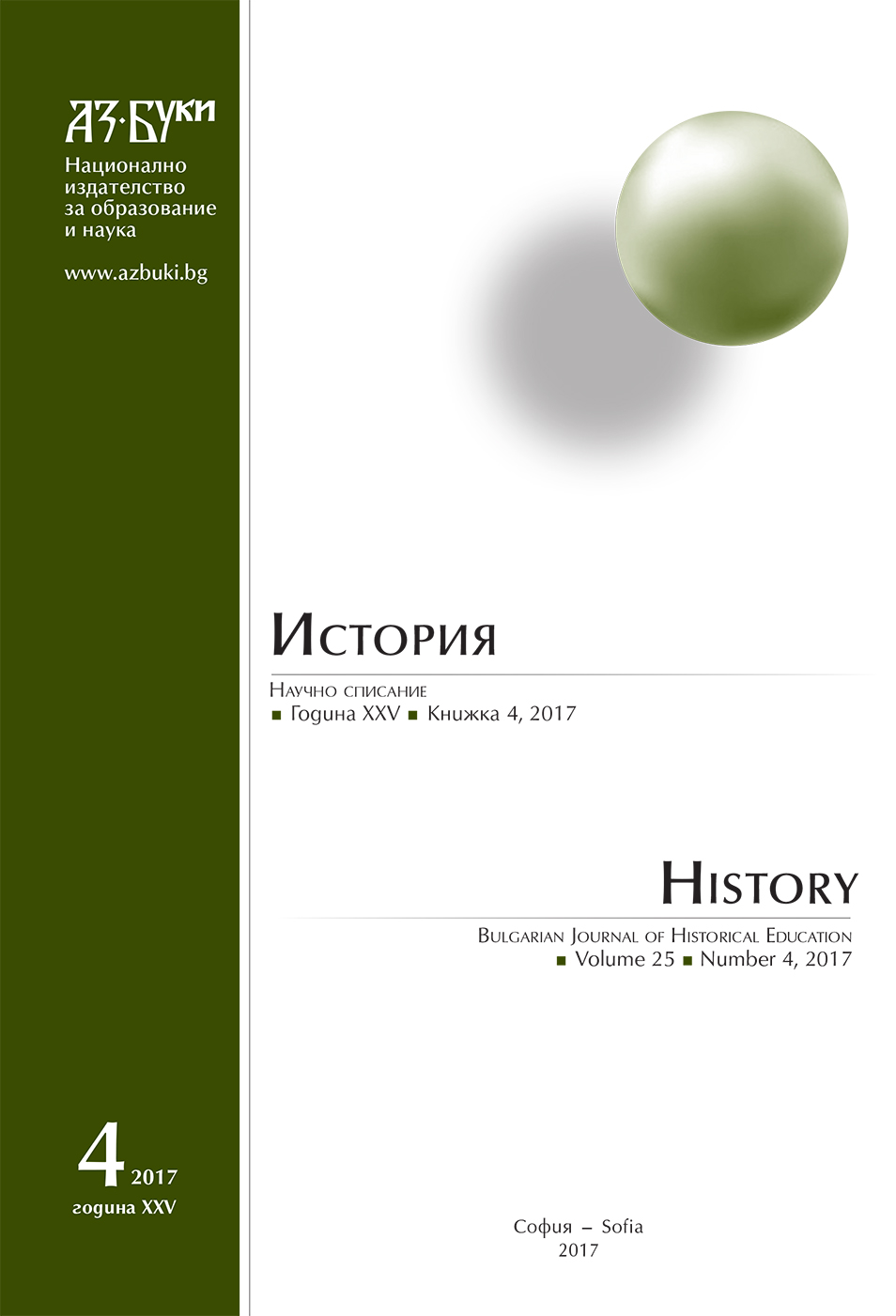
The Islamization processes affect the territory of Anchialo kaza, like the other Rumelian lands. The motives of most of the converts are clear – salvation from slavery, less taxes, the possibility of permanent financial support from any income source and the possibility of career development in the Ottoman ruling party.
More...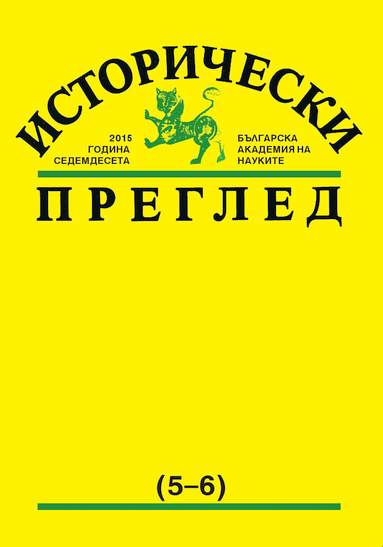
The study closely traces the fate of Church Slavonic monuments in the collections of the Basilian monasteries since the establishment of the Order of the Basilians in 1617 to the period of socialism. A full quantitative and thematic characterization of the manuscripts and books preserved until today is presented against the background of historical events. The author argues that the collections of the Basilian libraries are unique in character and represent a kind of synthesis between western and eastern traditions.
More...
The article examines the contribution of the Czech Revival philologist, publisher and poet Vaclav Hanka (1791–1861) to the Czech-Bulgarian cultural relations and contacts. The author analyzes in more detail his short translation called A Short History of the Slavonic Peoples in Ancient Times (1818), based on the Friedrich Christian Ruhs (1781–1820) book Handbuch der Geschichte des Mittelalters (1816). The chapter devoted to the history of medieval Bulgaria is the first specialized Bulgarian study published in Czech. Hanka has not written a whole bulgarian article on his own (except for the Bulgarian supplements in his research in the field of palaeoslavistics) and is restricted to resolving works of his colleagues and excerpts from the correspondence of his friends, mainly the Russian Slavonic scholar Izmail Ivanovich Srenevski (1812–1880). Nevertheless, for many Bulgarians, he was invaluable advisor during their trips to Bohemia (eg. Ivan Andreev Bogorov, Konstantin Dimitriev Petkovič, Ivan Vasilev Shopov, Petăr Beron, Konstantin Pavlov, Dimităr Stefanov Mutev or Nathanail Zografski) and discoverer and publisher of “Kralovedvorski manuscript” and “Zelenogorski manuscript” pseudo old Czech poetic mystification of the early 19th century, which are considered precious monuments from the 13th and 10th century (to their Bulgarian translators – besides the already-named Petkovič and Shopov – belong Teodosi (Bogdan) Ikonomov, Rayko Zhinzifov, George Benev and Atanas T. Iliev).
More...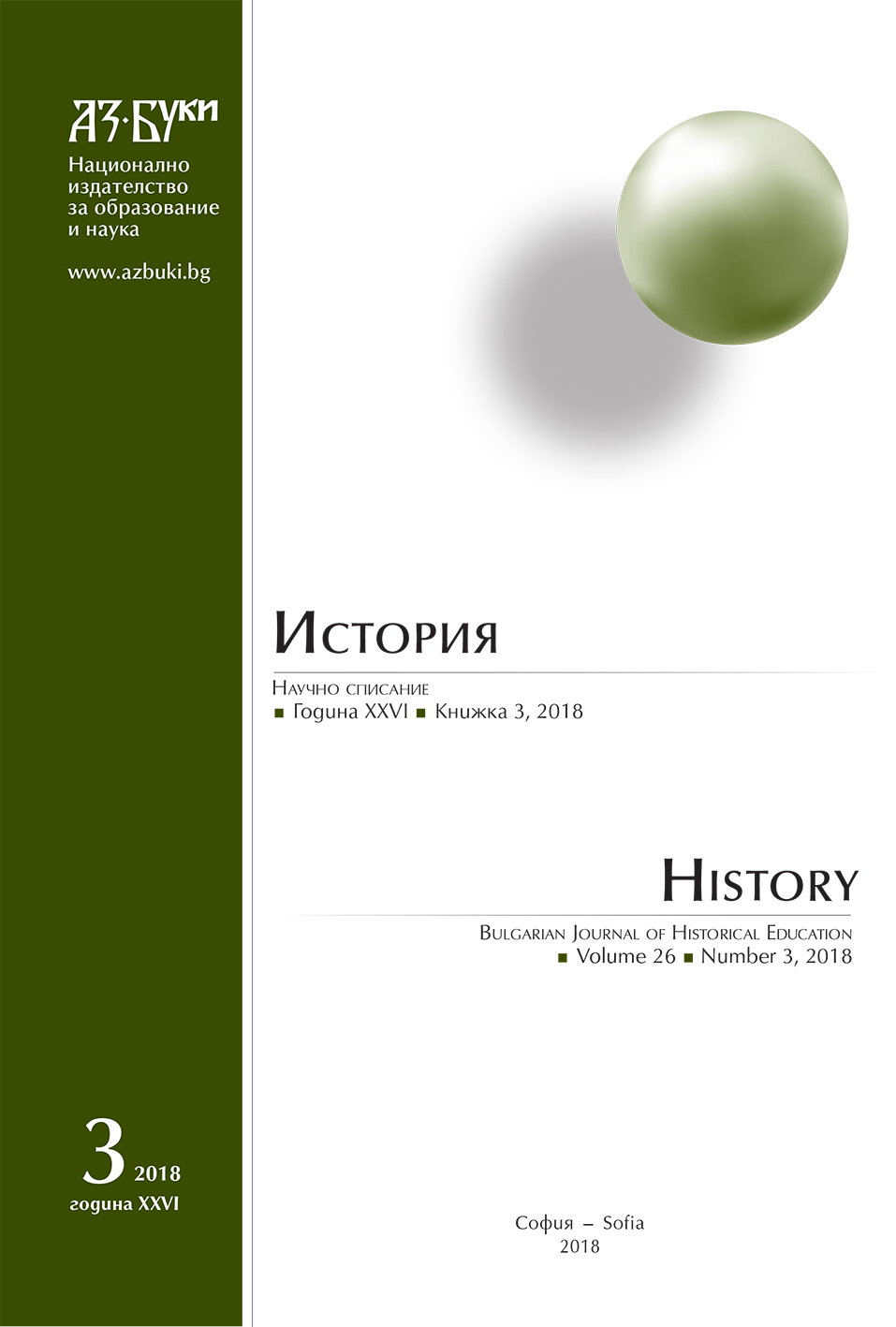
The aim of the discourse is to add informatively, so far as it is possible, and contextualize direct and indirect records from initial document sources for the status and the settlement of ethnocultural communities, different from the Bulgarian (Tartarian, Serbian, Hungarian – for instance), in Northern Thrace in the period XV – XVII century. In this way a segment of the common reconstruction of the processes of ethnodemographic and settlement dynamics in the defined geographic perimeter will be build.
More...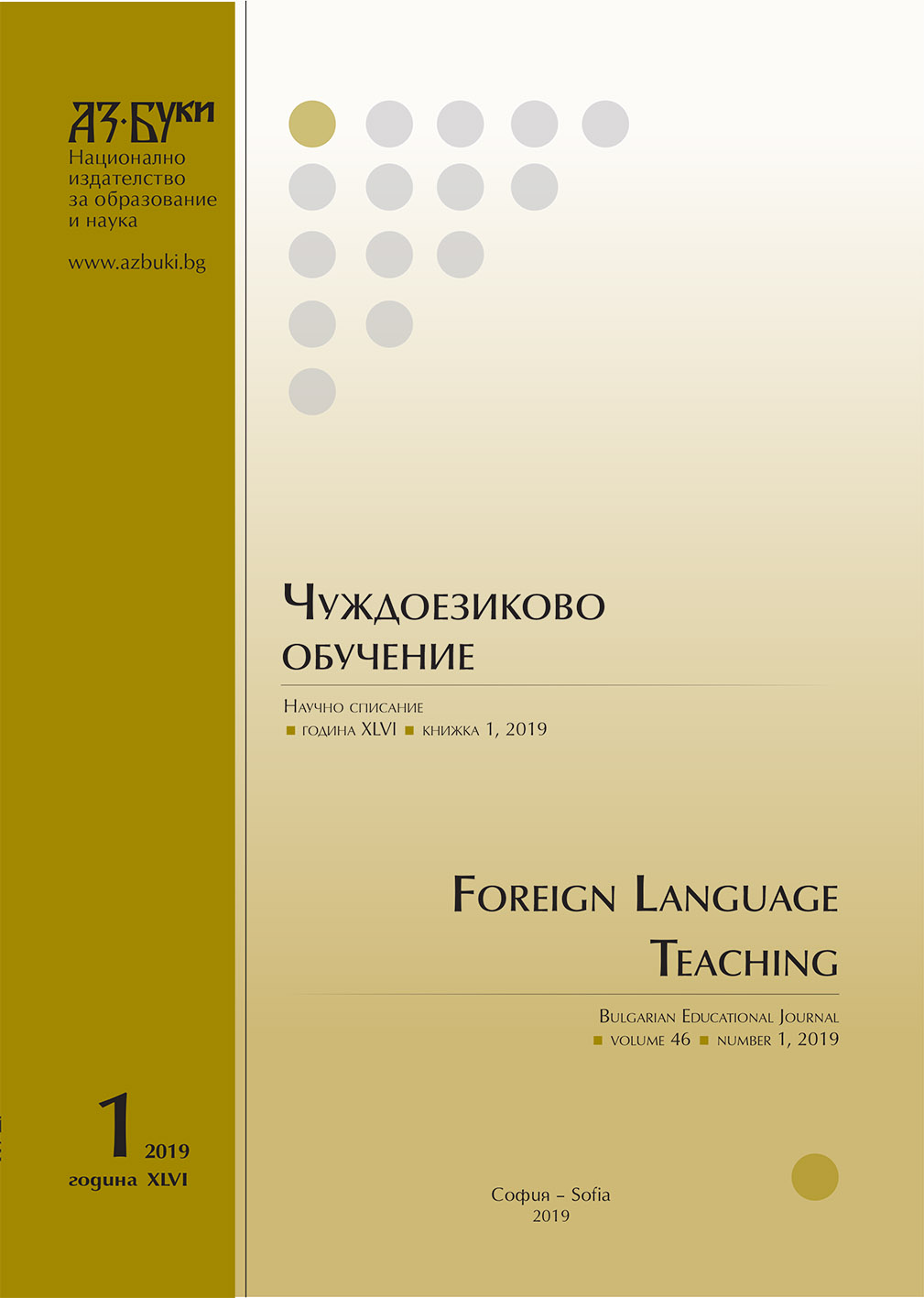
Addressing the vicissitudes and times of triumph and failure in the life of Alexander Exarch (Alexander Boev – Beyoglu), a Bulgarian prominent public figure, the paper discusses the invention, construction and deconstruction of personal biographies in the period of the rise of Bulgarian nationalism in the Ottoman Empire. The latter, historically defined as а period of National Revival, mobilized the ambitions and efforts of Bulgarian revolutionary émigrés to turn into recognizable political subjects and reliable representatives of the national community. The case of Alexander Exarch is especially emblematic in this regard as far as he constructed his identity of a promising diplomate and politician on associations and suggestions for presumable aristocratic origin, coming from the byname “exarch”, added to the names of his family members. This byname perfectly assisted in procuring advocates for the Bulgarian cause in the European courts and circles, but at the same time, it attracted opponents among the émigrés, who blamed Alexander Exarch for taking advantage of “a fake noble exarchal genealogy”.The paper clearly shows how the invented biographies worked as an instrument for response and adaptation to dynamic historical contexts of profound and social transformation as well as how they confronted innovative personal strategies, traditional attitudes and local and translocal political projects.
More...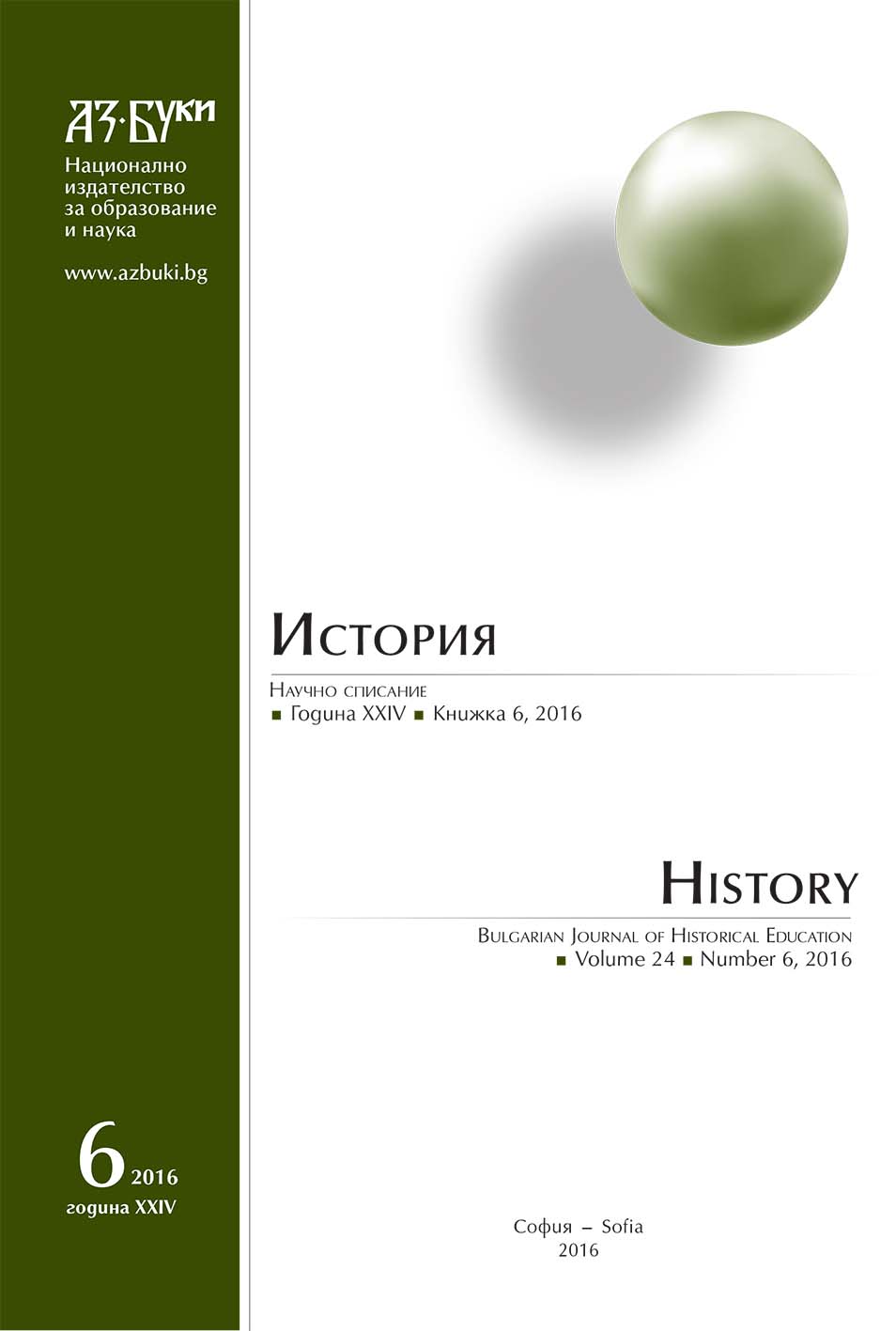
The paper examines the evolution of living standards over the last millennium, viewed through the prism of the body height of the inhabitants of the Polish lands. Body height is determined by both genetic potential and by living conditions. The highest values were recorded in the late Middle Ages and in the second half of XIX century
More...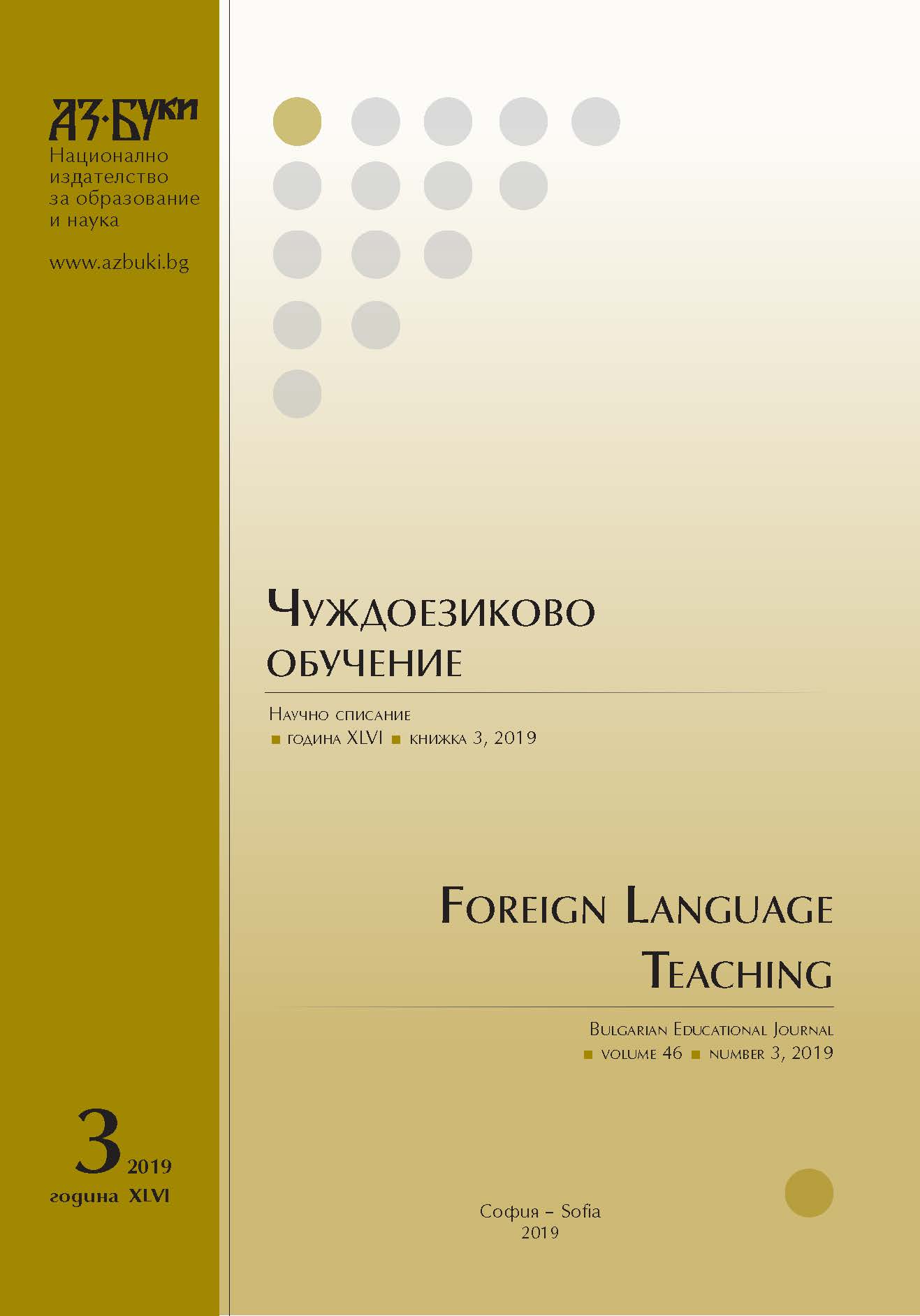
One of the issues at the heart of the Ottoman Empire throughout history was education, bearing in mind that education is the guarantee of a nation’s progress. The biggest breakthrough in the field of education in the Ottoman Empire took place during and after the reign of Abdulhamid II. In this period, the language of education and instruction was an important issue in the studies conducted for the dissemination of educational institutions throughout the country. In addition to Arabic Language, the necessity of learning western languages emerged from the times when the Ottoman Empire’s relations with the western states had begun to gain traction owing to political developments. In modern schools, some western languages were introduced, especially the French language.Within the scope of this study where the era of Abdulhamid II is prioritized to understand the place of foreign language education within the education system, the general characteristics of the education system of the period are given in brief. Language policies and foreign language education of the period are examined. In addition, some examples from the Collection of Yıldız Palace Library, which has a very important place in the education system of Abdülhamid II period, are introduced and discussed.
More...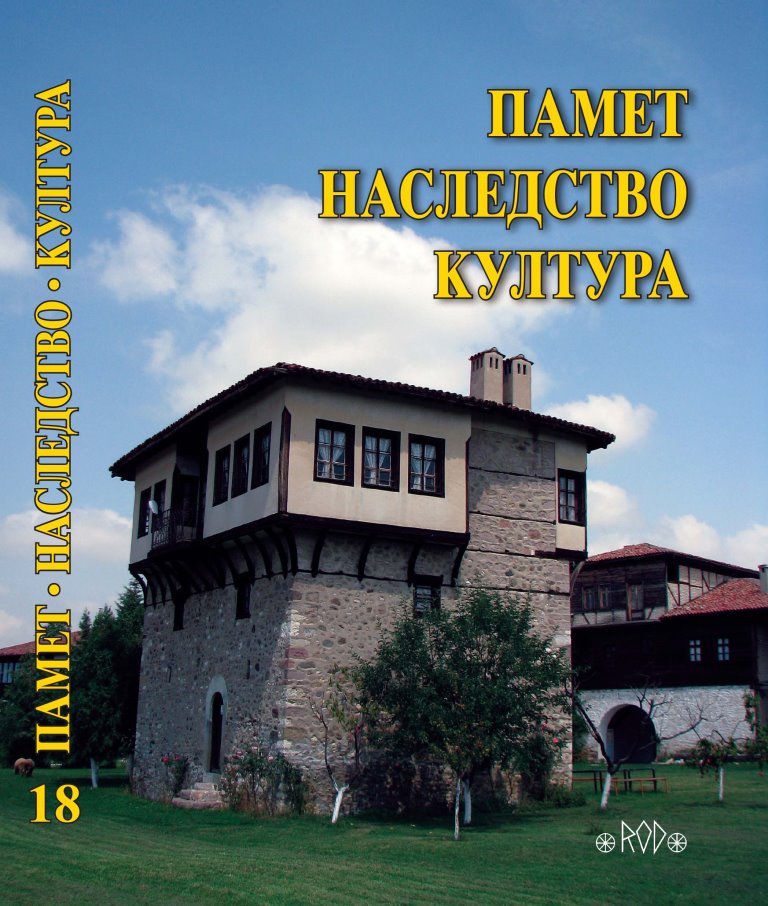
Folk Orthodox Christianity in Bulgaria is a product of Bulgarian Orthodox mentality: this is the canonical knowledge that partially alters its form in time under the pressure of extreme external factors but retains its core relatively unchanged. It has indirect expression in all folk forms while the direct one is in the Christian prayer, rituals, and different beliefs. An interesting manifestation of folk Orthodoxy in the Orthodox temples of the town of Samokov is the practice that could hardly be defined as “canonical” or “non-canonical”: in the chairs, which are also called the thrones in the churches, are placed paper plates with names of pa¬rishioners. These are people who paid a certain amount of money to the temple so that the church board put their names and they could use these chairs during the liturgy: they stayed each in front of his/her chair and sit down when it was allowed to sit. It was considered to be especially pres¬tigious to have a throne (chair) in the temple and the deprivation of this privilege was regarded as a major insult. As a rule, people who took care of the church, donated money and worked as volunteers had such chairs/ thrones. Name plates are always present in the temple space, so the person symbolically “always attends” the temple and liturgy. The beginning of this practice can be placed after the end of the fifteenth century when bishop thrones were placed in the Orthodox churches. Its ubiquitous dissemination dates back to the second half of the 18th century. The peak was in the 19th century, when after the age of the Tanzimat (1839) began the intensive construction of orthodox churches in the Bulgarian lands. It should be borne in mind that the name plates on the chairs in the churches could play their role only when the literacy among the Bulgarians became widespread in the first half of the 19th century and there was a public that could read the names.Folk Orthodox Christianity in Bulgaria is a product of Bulgarian Orthodox mentality: this is the canonical knowledge that partially alters its form in time under the pressure of extreme external factors but retains its core relatively unchanged. It has indirect expression in all folk forms while the direct one is in the Christian prayer, rituals, and different beliefs. An interesting manifestation of folk Orthodoxy in the Orthodox temples of the town of Samokov is the practice that could hardly be defined as “canonical” or “non-canonical”: in the chairs, which are also called the thrones in the churches, are placed paper plates with names of parishioners. These are people who paid a certain amount of money to the temple so that the church board put their names and they could use these chairs during the liturgy: they stayed each in front of his/her chair and sit down when it was allowed to sit. It was considered to be especially prestigious to have a throne (chair) in the temple and the deprivation of this privilege was regarded as a major insult. As a rule, people who took care of the church, donated money and worked as volunteers had such chairs/ thrones. Name plates are always present in the temple space, so the person symbolically “always attends” the temple and liturgy. The beginning of this practice can be placed after the end of the fifteenth century when bishop thrones were placed in the Orthodox churches. Its ubiquitous dissemination dates back to the second half of the 18th century. The peak was in the 19th century, when after the age of the Tanzimat (1839) began the intensive construction of orthodox churches in the Bulgarian lands. It should be borne in mind that the name plates on the chairs in the churches could play their role only when the literacy among the Bulgarians became widespread in the first half of the 19th century and there was a public that could read the names.Folk Orthodox Christianity in Bulgaria is a product of Bulgarian Orthodox mentality: this is the canonical knowledge that partially alters its form in time under the pressure of extreme external factors but retains its core relatively unchanged. It has indirect expression in all folk forms while the direct one is in the Christian prayer, rituals, and different beliefs. An interesting manifestation of folk Orthodoxy in the Orthodox temples of the town of Samokov is the practice that could hardly be defined as “canonical” or “non-canonical”: in the chairs, which are also called the thrones in the churches, are placed paper plates with names of parishioners. These are people who paid a certain amount of money to the temple so that the church board put their names and they could use these chairs during the liturgy: they stayed each in front of his/her chair and sit down when it was allowed to sit. It was considered to be especially prestigious to have a throne (chair) in the temple and the deprivation of this privilege was regarded as a major insult. As a rule, people who took care of the church, donated money and worked as volunteers had such chairs/ thrones. Name plates are always present in the temple space, so the person symbolically “always attends” the temple and liturgy. The beginning of this practice can be placed after the end of the fifteenth century when bishop thrones were placed in the Orthodox churches. Its ubiquitous dissemination dates back to the second half of the 18th century. The peak was in the 19th century, when after the age of the Tanzimat (1839) began the intensive construction of orthodox churches in the Bulgarian lands. It should be borne in mind that the name plates on the chairs in the churches could play their role only when the literacy among the Bulgarians became widespread in the first half of the 19th century and there was a public that could read the names. Folk Orthodox Christianity in Bulgaria is a product of Bulgarian Orthodox mentality: this is the canonical knowledge that partially alters its form in time under the pressure of extreme external factors but retains its core relatively unchanged. It has indirect expression in all folk forms while the direct one is in the Christian prayer, rituals, and different beliefs. An interesting manifestation of folk Orthodoxy in the Orthodox temples of the town of Samokov is the practice that could hardly be defined as “canonical” or “non-canonical”: in the chairs, which are also called the thrones in the churches, are placed paper plates with names of parishioners. These are people who paid a certain amount of money to the temple so that the church board put their names and they could use these chairs during the liturgy: they stayed each in front of his/her chair and sit down when it was allowed to sit. It was considered to be especially prestigious to have a throne (chair) in the temple and the deprivation of this privilege was regarded as a major insult. As a rule, people who took care of the church, donated money and worked as volunteers had such chairs/ thrones. Name plates are always present in the temple space, so the person symbolically “always attends” the temple and liturgy. The beginning of this practice can be placed after the end of the fifteenth century when bishop thrones were placed in the Orthodox churches. Its ubiquitous dissemination dates back to the second half of the 18th century. The peak was in the 19th century, when after the age of the Tanzimat (1839) began the intensive construction of orthodox churches in the Bulgarian lands. It should be borne in mind that the name plates on the chairs in the churches could play their role only when the literacy among the Bulgarians became widespread in the first half of the 19th century and there was a public that could read the names.
More...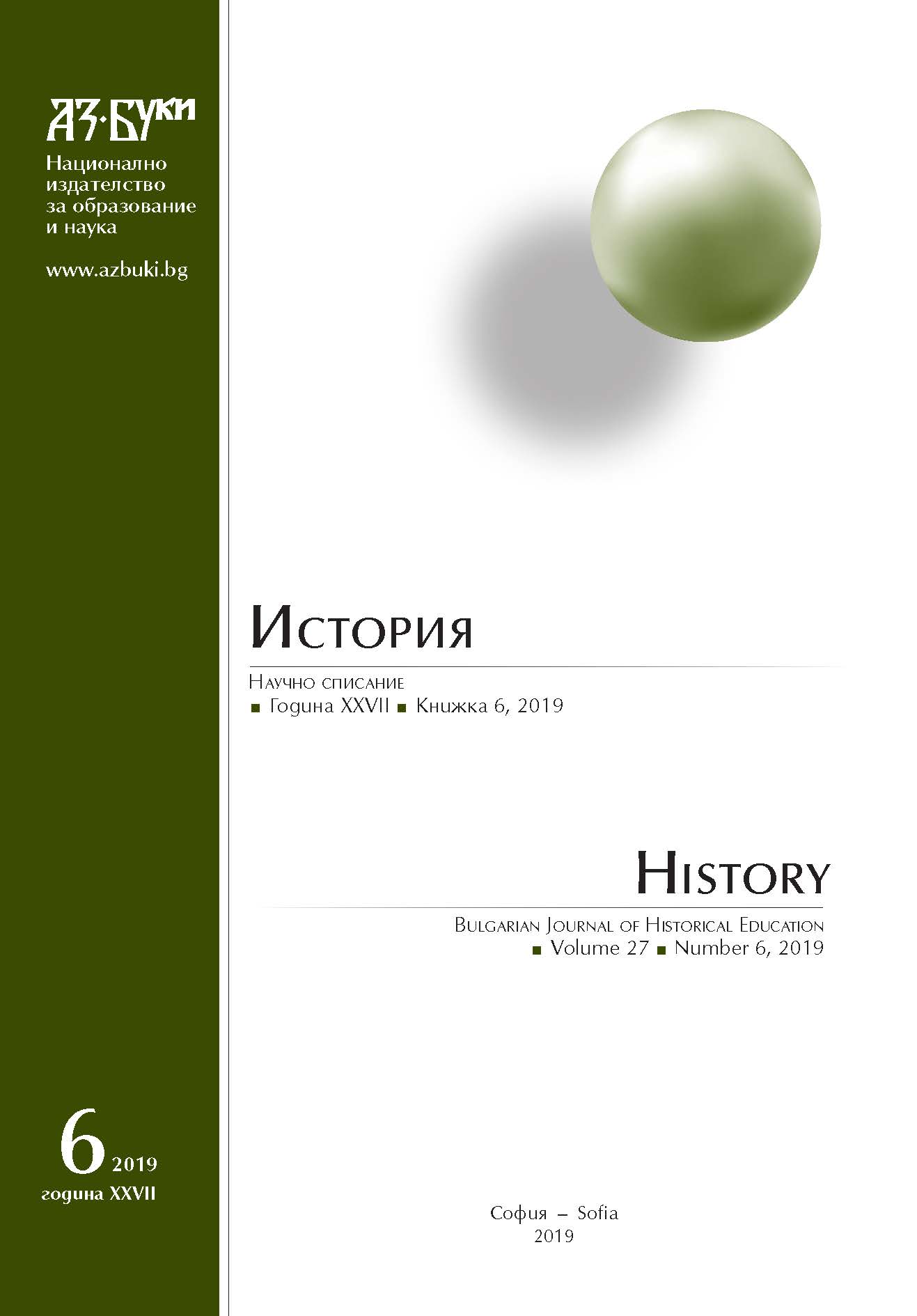
The modern town of Ihtiman owes its establishment and further development during the Ottoman period to the members of the noble Mihaloğlu family who settled in Ihtiman and turned it into its residence and a center of its large pious foundation, founded to support the religious, charitable and educational institutions built in the town. The history of Ihtiman remains closely linked to the Mihaloğlu family ever since its establishment until the end of the Ottoman rule in the Bulgarian lands. The present article outlines the development of the waqf of Mihaloğlu Mahmud bey in the area of Ihtiman from its foundation till the first decade of the 20th century in an attempt to point out to its importance for the period of Ottoman rule as well as during the period immediately after the proclamation of independent Bulgaria when the so-called “waqf question” occupies a key place not only in the international relations of the young national state with the Ottoman empire but it also stood out as an essential problem in internal politics as well. The documents from the period after the Russo-Ottoman war of 1877–1878 allows for the elucidation of certain hitherto understudied questions connected to the last years of Ihtiman pious foundation’s existence in particular, as well as to the tracing out of the fate of the members of the Ottoman elite in the face of the Ihtiman waqf administrators during the new political and economic conditions of the national Bulgarian state.
More...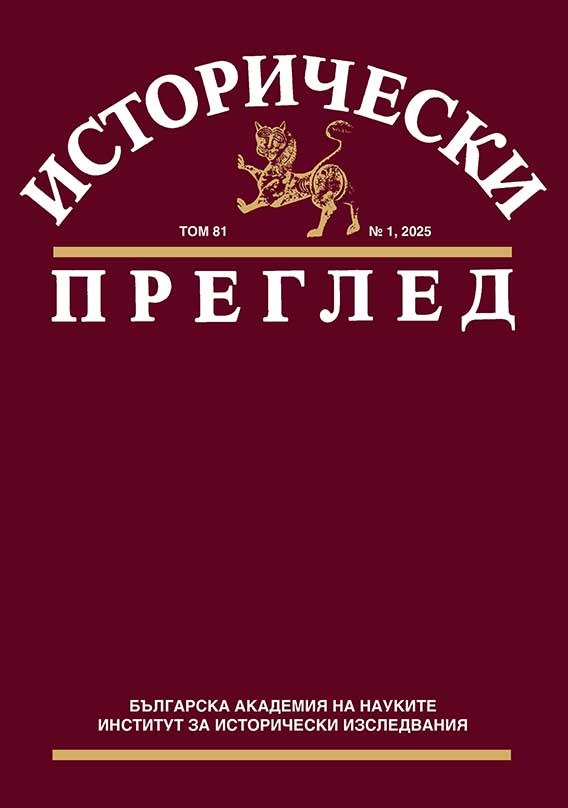
The article examines the content of a chrysobull allegedly issued by the Serbian Despot of Serres, Jovan Uglješa (1360–1371), for the Athonite Monastery of Simonopetra. The original document is lost, and the only surviving version is a copy authenticated by the Patriarch of Constantinople, Cyril I Loukaris, in 1623. This patriarchal confirmation charter presents a text supposedly issued by Jovan Uglješa 359 years earlier, in 1264. Beginning with this evident chronological discrepancy, the article analyzes the text of Loukaris’s corroborated copy and evaluates which elements of this potentially forged document may be regarded as authentic and which must be dismissed as inconsistent or anachronistic.
More...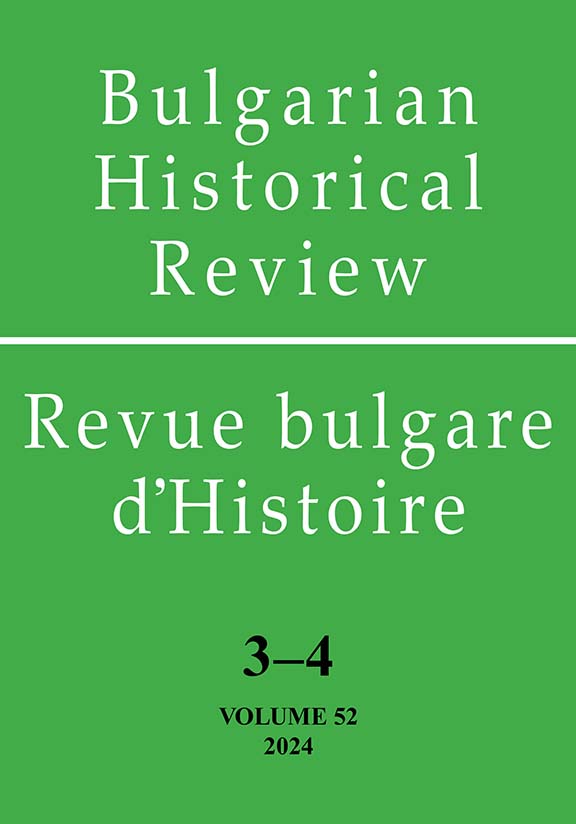
Review of:TODOROVA, O., 2021. Domestic Slavery and Slaveholding in Ottoman Rumelia. Sofia: Gutenberg Publishing House. 444 pp. ISBN 978-619-176-195-1 [In Bulgarian].
More...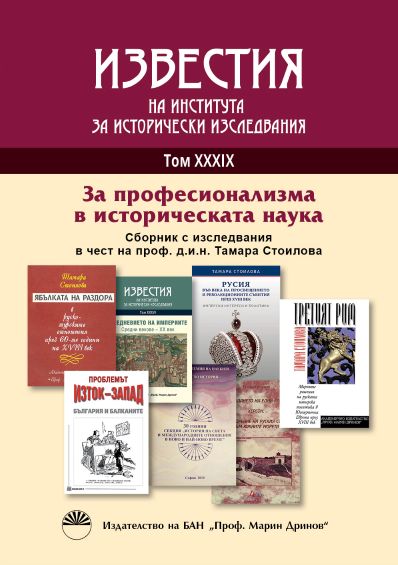
Considering that the historical periodization of Scandinavia is not yet conventionally set, the earliest human occupation of Northern Europe is also uncertain and has been the subject of intense debate for a long time. The Norse were the first to reach the region; however, the Viking sagas were recognized as poorly documentary sources beyond their role in providing information about their cultural and societal models. The number of Scandinavian written documents is rather limited especially before the fourteenth century. After the twelfth century, a substantial number of works appeared mainly as a result of European influence due to the process of Christianization and the new dynasty system. Nevertheless, the blooming of such historical writings in Sweden began in the first half of the eighteenth century. Тhey presented the product of the efforts of remarkably distinguished array of scientists, who established fruitful scientific relationships with the academies of the prominent European countries. Olof von Dalin popularized the ideas of the Enlightenment, which he expressed in his easily readable works, rising to popularity among the modern Swedish society. Even though historical texts revealed a lot of interesting information about the major events of the past, these writings were often distorted by the personal opinions and perspectives of the authors. Such books (like Rudbeck’s “Atlantica”) boosted the patriotic theory that Sweden is indeed the cradle of civilization. Correspondingly, this study looks not only at the classic historical works of undoubted scholarship, but also at the contemporary criticism towards different scientific dogmas of previous times.
More...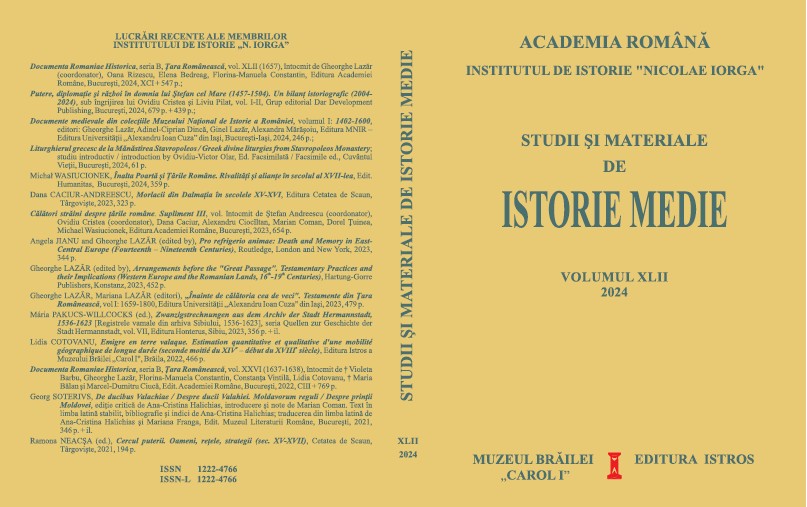
Book reviews. This article contains reviews of several books. The reviewed books focus on history and religion.
More...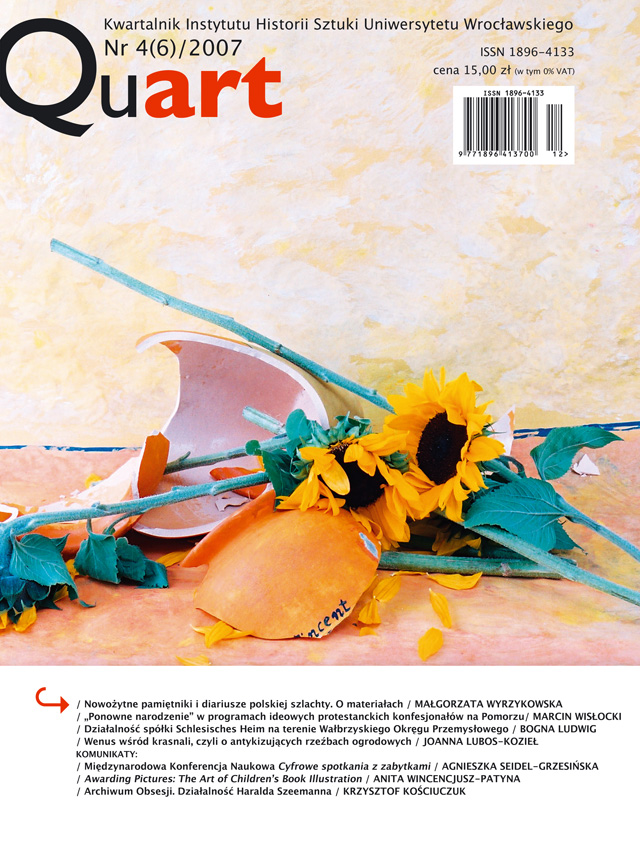
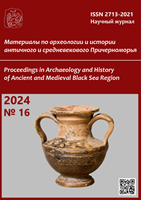
The purpose of the paper is to introduce the numismatic record from Aspara city-site (Kazakhstan) into scholarly discussion. The coins were collected during archaeological research in 2021—2023. For the first time since 1964, 43 coins were discovered, including 33 attributable finds. With the aim to assess the relative level of commodity-money relations in medieval Aspara, comparative analysis of numismatic record from the medieval city of Nuzket (Shish-tube city-site in Kyrgyzstan) was carried out. The attributable coins from Aspara belong to the following states: the Türgesh Qaghanate, the Tang dynasty, the Samanids dynasty, the Eastern Qarakhanid Qaghanate, the Qara Khitai, the Northern Song dynasty, the Chaghataid Khanate, the state of Amir Timur, and the Khoqand Khanate. The Khoqand coin was lost in Aspara when the city no longer existed. The authors have established the fundamental possibility of the beginning of the activation of commodity-money relations in Aspara in the 8th century. It was recorded that the coin circulation has been interrupted there at least three times: first in the 9th century, then from the late 10th to the mid-11th century, and finally from the second decade of the 13th to the early 14th century. Commodity-money relations ceased in the early 15th century (apparently, after the death of Amir Timur). There is a need for further study of this archaeological site.
More...